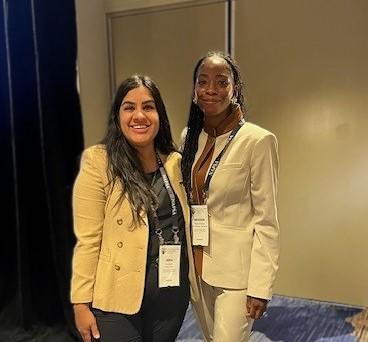
Strengthening Alternative 911 Emergency Response
When Washington state integrated its legacy child protection and early learning agencies in 2018, a primary purpose was to better prevent maltreatment of children rather than respond only after crises occur. House Bill 1661, which created a new Department of Children, Youth, and Families (DCYF) states: “In restructuring early learning and child welfare services, the legislature seeks to build on the success of Washington’s early learning efforts to assure children most at risk of experiencing adversity are provided high quality early learning experiences.”
Washington requested technical assistance from the GPL to help them achieve this vision by improving its systems to connect families at risk of child abuse and neglect with high quality early learning programs and family home visiting services. Over the past year, the GPL has worked with DCYF to design and implement a suite of demonstration strategies in two field offices.
In early 2019, the department published an update on this work:
One of DCYF’s critical goals is to strengthen the linkages between our state’s child welfare and early learning systems. HB 1661 calls for the department to connect children at highest risk of experiencing adversity with early learning experiences and services. Reaching families who come into contact with the child welfare system will be key to meet that goal. At DCYF, we have a vision that each child and family who goes through the child welfare system will be connected with the supports that can enable them to thrive—and early learning services, like pre-k and home visiting, are some of these essential supports.
DCYF is currently implementing pilot projects in two sites aimed at achieving these goals, working with child welfare staff and leadership in Grays Harbor and Southeast King counties to identify opportunities to strengthen connections to early learning resources for families going through child protective investigations and the Family Assessment Response program. Evidence suggests—that early learning services, especially when they include a family support component, can help at-risk families develop protective factors and build resilience, while also preparing particularly vulnerable children for success in school.
The Aberdeen and King South East child welfare staff field offices, and early learning providers in these two counties, have led the way for this hard work. They have identified the challenges, brainstormed solutions, held steady through uncertainty, and been willing to test new and innovative strategies. As Melissa Wittmeyer, the Area Administrator for the Aberdeen DCYF office said, “Making sure these families are supported in their communities, so that they don’t need to rely on the child welfare system in the future, is extremely important to us. We are excited to be taking on this challenge.” The DCYF Office of Innovation, Alignment, and Accountability, with support from the Harvard Kennedy School Government Performance Lab, is providing coordination and support for the efforts of these frontline staff.
These initial demonstration sites, launched in January 2019, will give us more information about what we need to do to reach our goals. The demonstration sites aim to address two primary challenges: information siloes between our child welfare and early learning workforce; and systemic barriers that make follow-up and performance improvement difficult.
We are testing two approaches to address the first challenge. First, feedback from staff and providers made clear that we need to foster person-to-person relationships between child welfare and early learning workers, so we are implementing new strategies to build these relationships. Second, we are testing new ways to organize and streamline information about early learning resources for child welfare workers.
To address the second challenge, we are trying new ways to more consistently track when child welfare staff refer families to community early learning resources. We hope this information can help us achieve three things: determine what strategies for making referrals are most effective in getting families enrolled in early learning services; identify and address “missed connections”—when a family wants to be connected to an early learning resource but gets lost in the process; and develop systems that allow us identify gaps in needed services, pinpoint bottlenecks in real time, and regularly adjust practice as needed.
As we move into the late Spring, we are excited to take the lessons learned from these demonstration sites to inform practice and policy change across the state. We know that this is likely just one of many towards achieving our ambitious goal of connecting at-risk families to early learning resources. We will be capturing learnings from the demonstration sites about these other necessary changes, as well as actively reviewing the performance of the demonstration sites themselves, to make sure this critical effort is as effective as possible.
Strengthening Alternative 911 Emergency Response
Strengthening Alternative 911 Emergency Response
Strengthening Alternative 911 Emergency Response
Strengthening Alternative 911 Emergency Response


